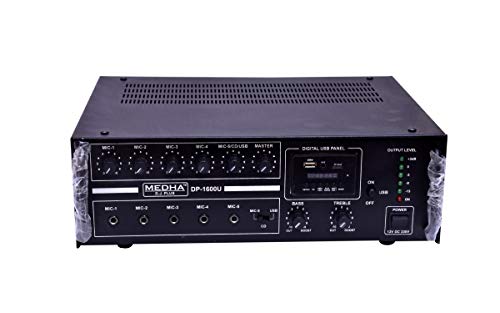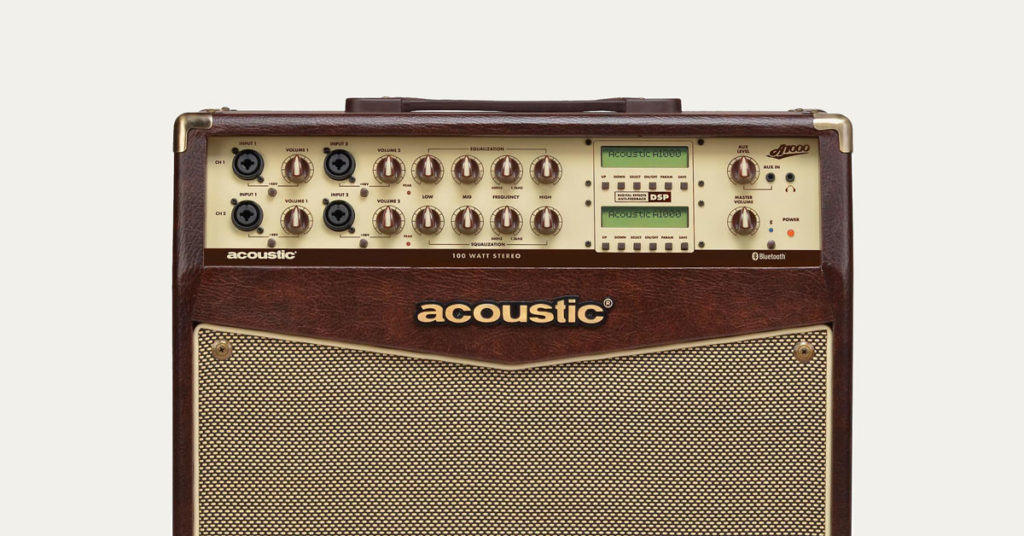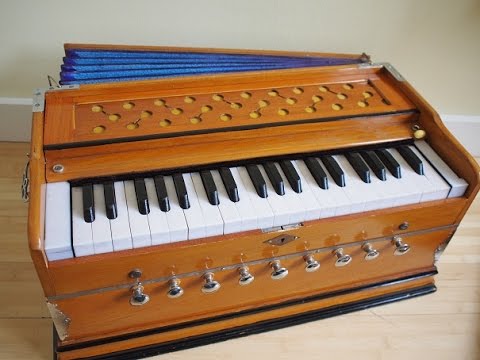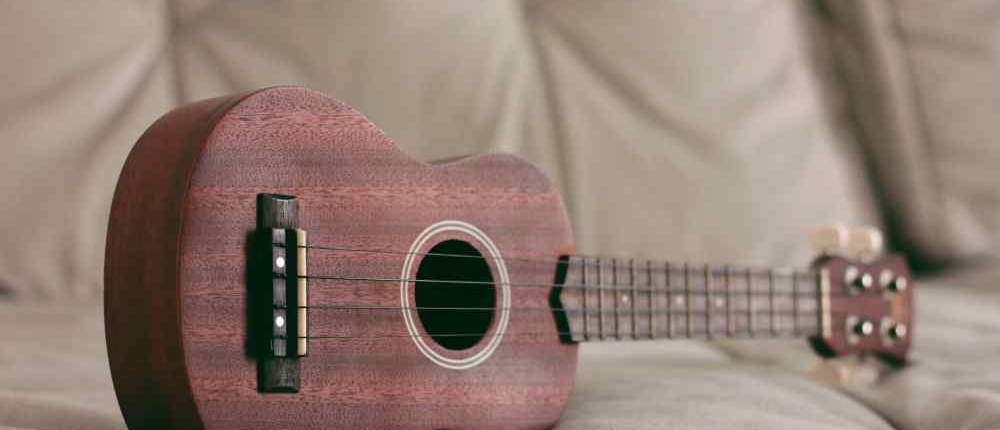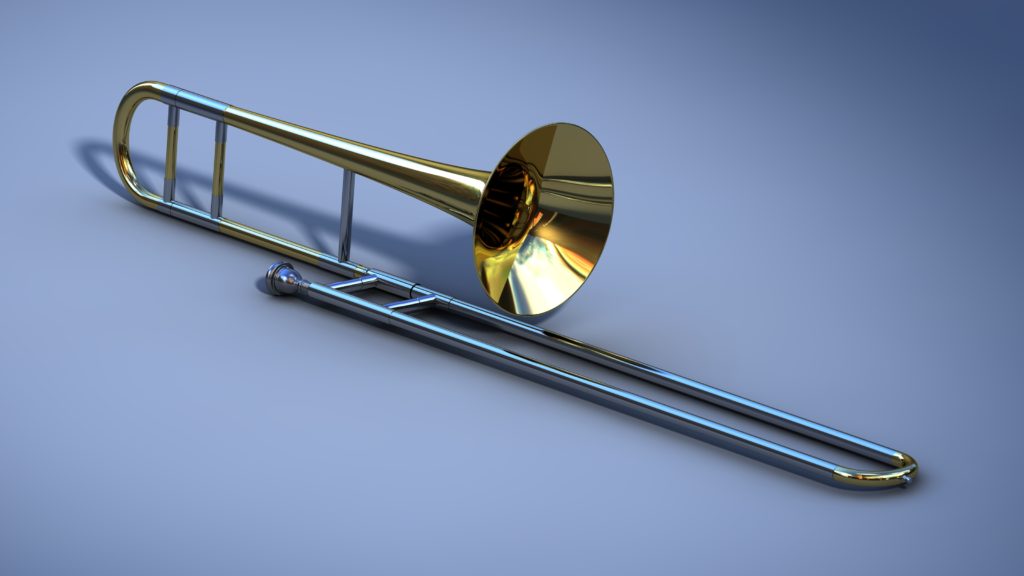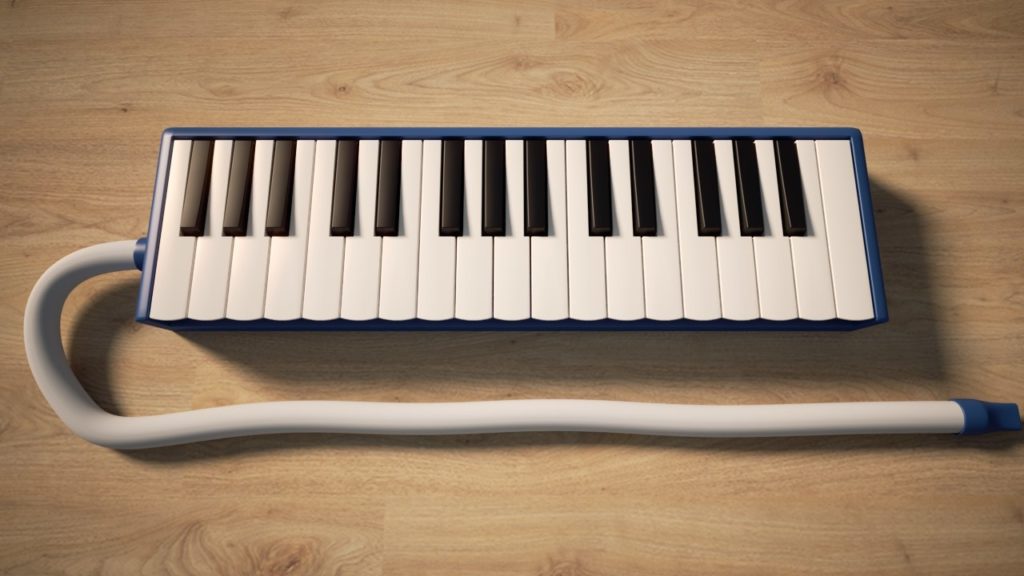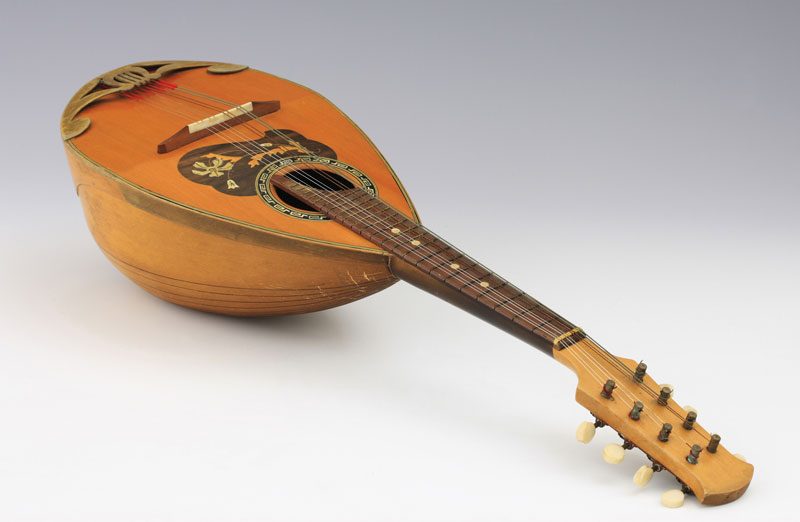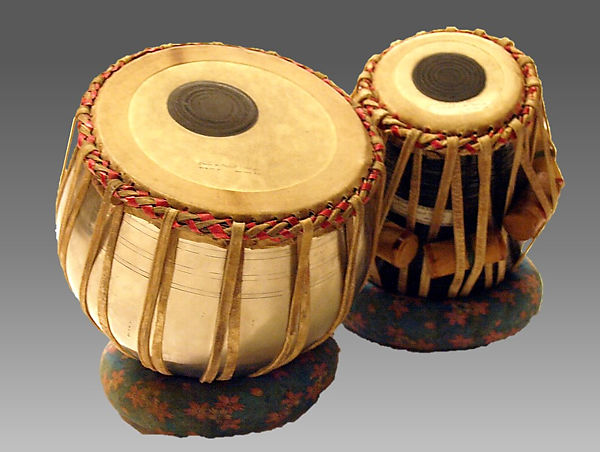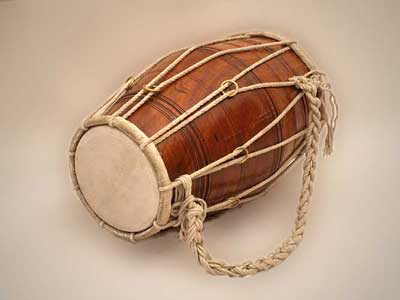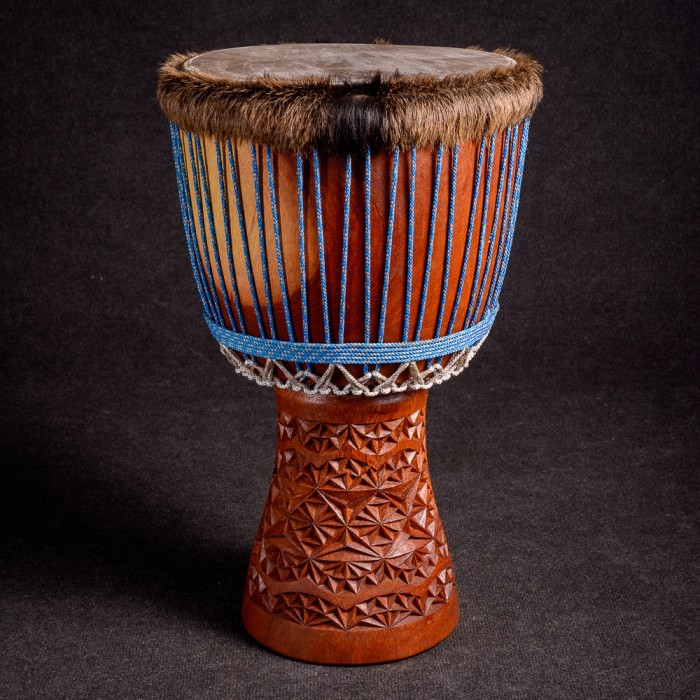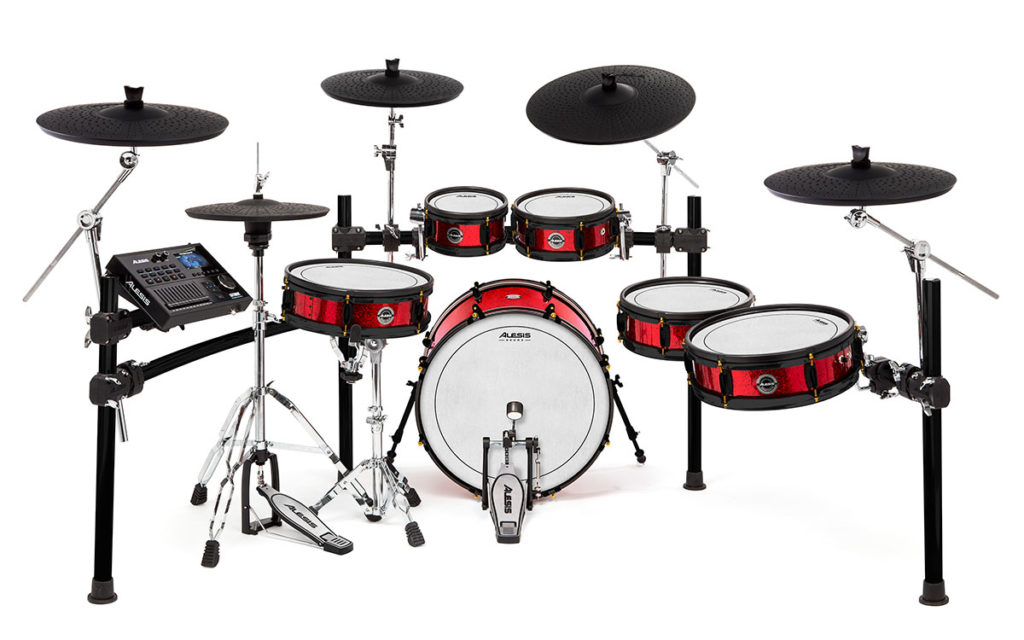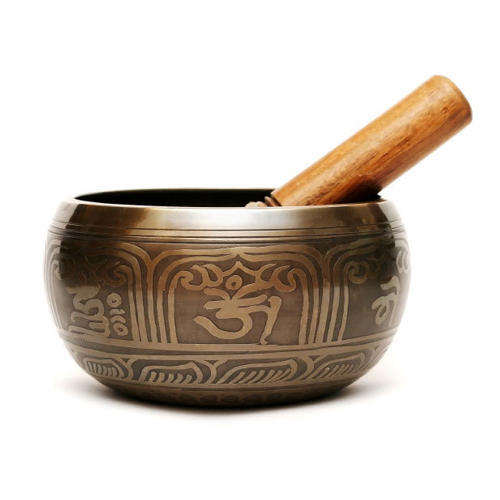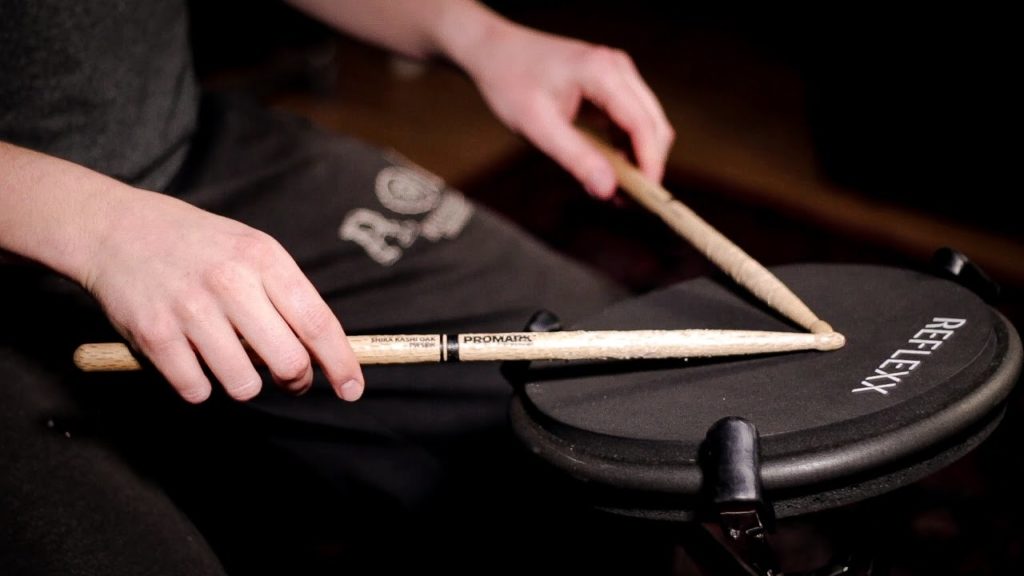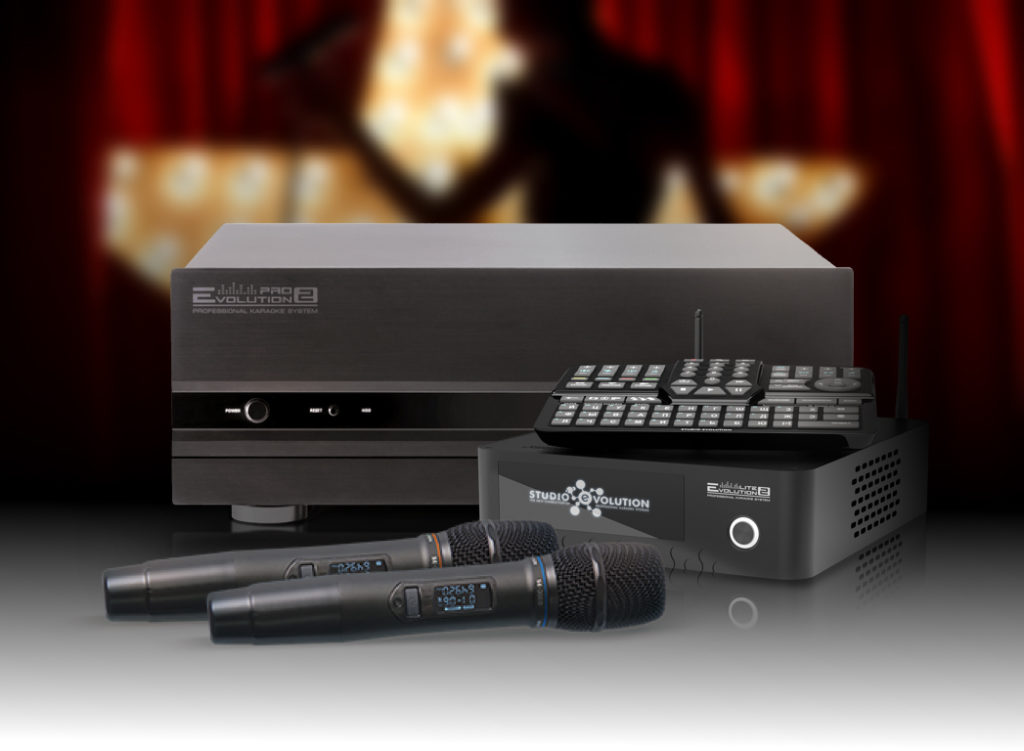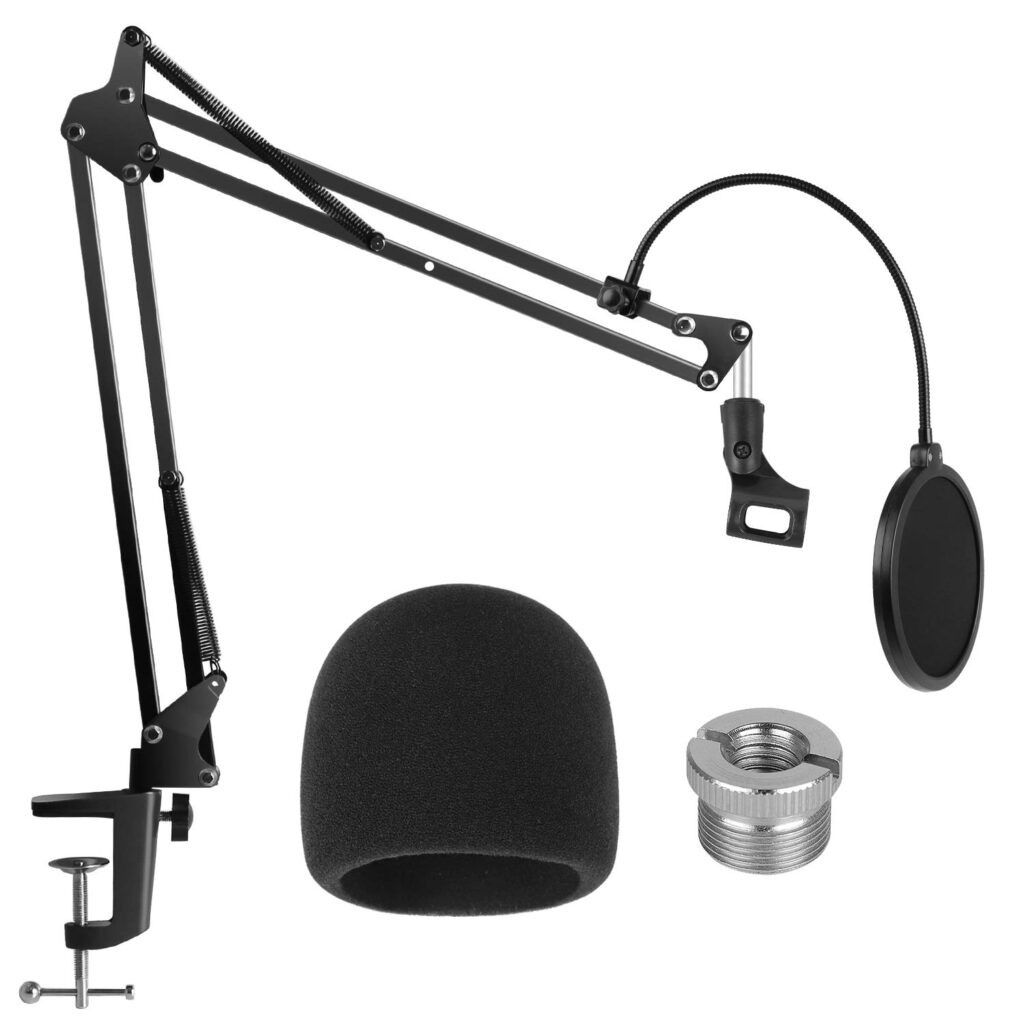Best Power Amplifier
Top 10 Best Power Amplifier
25th Apr 2024
Reviews, Comparison and Buying Guide

Bestseller Power Amplifiers [Based on Ratings and Sales]
What is Power Amplifier?
An audio power amplifier (or power amp) is an electronic amplifier that amplifies low-power electronic audio signals such as the signal from radio receiver or electric guitar pickup to a level that is high enough for driving loudspeakers or headphones. Audio power amplifiers are found in all manner of sound systems including sound reinforcement, public address and home audio systems and musical instrument amplifiers like guitar amplifiers. It is the final electronic stage in a typical audio playback chain before the signal is sent to the loudspeakers.
The preceding stages in such a chain are low power audio amplifiers which perform tasks like pre-amplification of the signal (this is particularly associated with record turntable signals, microphone signals and electric instrument signals from pickups, such as the electric guitar and electric bass), equalization (e.g., adjusting the bass and treble), tone controls, mixing different input signals or adding electronic effects such as reverb. The inputs can also be any number of audio sources like record players, CD players, digital audio players and cassette players. Most audio power amplifiers require these low-level inputs, which are line level.
Best Power Amplifier | Buying Guide : Things to consider while buying a Power Amp
In this guide, we’ll help you simplify your search for a power amp by covering the critical specs and features you’ll encounter and explain their meaning in real-world terms. We’ll also cover matching power amps with your speakers as well as the connection options.
Most amplifiers have similar features. The differences come in the amount power it produces, the number of channels it has, the types of connections it offers, how the controls are set up, and whether it has any built-in processing or effects.
How much power do I need?
This can feel like a bit of a minefield since amplifiers and speakers will often come with multiple power ratings. For best results, pay attention to the amplifier’s RMS power rating. That’s a measure of how much power it puts out consistently.
Speakers, on the other hand, tend to list a program power rating for their handling capabilities. This is the amount of power a speaker needs in real-world situations.
Compare the amplifier’s RMS power rating (how much power it puts out consistently) to the speakers’ program power handling (how much power the speakers need to sound good).
- As a general rule, the amplifier should be able to provide up to twice the speaker’s program power rating.
- Also important to note is that it’s generally better to overpower a speaker a little than to underpower it. It is much easier to damage a speaker by giving it too little power than by giving too much.
For example, for a speaker with a program rating of 200 watts, you want an amplifier that’ll deliver between 200-400 watts RMS. The closer you get to the higher number, the better the speaker will sound.
Other power ratings
The peak power rating gives you an idea of the maximum, instantaneous short-term power an amplifier can deliver or that a speaker can handle, typically for intervals lasting less than a second. It’s good to know, but not very helpful when planning a system.
Amplifier power and resistance
The amount of power an amplifier generates depends on the impedance (or resistance) load of the speakers it’s driving. It’ll put out different amounts of power to different impedance loads. So you might see something like an amp that’s rated 1,000 watts at 8 ohms, but 1,500 watts at 4 ohms.
Problems arise when the amp’s output meets very little resistance (low impedance) and it tries to put out more power than it was designed to produce. This leads to the amplifier overheating and shutting down — not good in the middle of a performance. In most cases, power amplifiers are rated to work best against 4- or 8-ohm loads.
Just remember that the amplifier you choose must be able to provide an adequate amount of power to your speakers at the impedance they present to the amp’s output. For example, connecting two 8-ohm speakers to one channel presents the amp with a 4-ohm load. Make sure the amplifier can handle that load before adding the second speaker. In this case, there’s no problem.
Using our example above, our amp puts out 1,500 watts at 4 ohms. This power is divided among the two speakers, so each will get 750 watts. If that’s enough power for the speakers, then this amp will be a good match for them.
How many channels do I need?
Power amplifiers are categorized by the number of channels they offer: mono (single-channel), stereo (2-channel), and multi-channel (usually 4). The vast majority of amps are 2-channel. They’re the most popular because of their flexibility. You can use one as a 2-channel stereo amp, two single-channel amps, or a more powerful, single-output amp.
How many channels you need depends on how many speakers you need to power. A simple system with two speakers (left and right) is perfect for a 2-channel amp. If the amp has enough power, you can add more speakers on each channel, so long as the impedance load we talked about doesn’t drop too low.
Most amplifiers can be operated in stereo or bridged modes, which determine how they’ll handle the signals. Some amplifiers also offer a parallel mode (sometimes referred to as parallel mono).
Stereo mode
Stereo is the default mode for 2-channel amplifiers, and is used for powering a pair of speakers, one right and one left. In stereo mode, each channel is receiving a signal independent of the other. A 2-channel amp in stereo mode can also be considered the equivalent of two mono amplifiers — for example, one channel can power PA speakers while the other powers the stage monitors.
Parallel mode
Parallel mode allows a single input signal to be sent to both channels, and the second input channel is not used at all. This can be used to route a mono input such as a microphone or mono output from a mixer into both channels of an amplifier. This mode can be useful when powering an odd number of speakers. If you want to use three speakers, using your amp in parallel mode would send the same signal to all three speakers.
Bridged mode
Bridged mode combines the power of both channels, sending more power to a single output. In many cases the output power may be more than double the amplifier’s normal power rating. This mode is typically used to send a signal to a subwoofer. In most cases, the impedance of the speaker should be double the minimum impedance of the amplifier in stereo mode. It’s important to note that the manufacturer’s instructions should be followed when bridging an amplifier, which may involve using a “jumper” cable or connection between the output channels on the back of the amplifier.
Headroom
Headroom is a term that gets bandied about quite a bit when discussing power amplifiers, and it’s the reason everyone suggests having more than just enough power to satisfy the RMS requirements of your speakers. Having that extra power gives you several benefits:
- It lets you turn up the amp without distorting the music on those occasions when you need to play louder than usual, like when your band is playing a larger venue than normal.
- It allows you to play music with a wide dynamic range (music that has quiet parts and loud parts) and have those loud parts sound just as good as the quiet parts.
- When that bass hit drops or that high note screams, the headroom in your system keeps them both clear and free of distortion.
Having lots of headroom helps you avoid:
Clipping
Clipping of an amplifier occurs when you try to get a larger output signal out of an amplifier than it was designed to provide. This is a fancy way of saying that your amp doesn’t have enough headroom. It usually happens when an amplifier is already performing near maximum power output and the volume is increased sharply. The tops (and sometimes the bottoms) of the signal waveform are cut off (or “clipped”), resulting in a highly compressed signal that results in distortion, which can damage your speakers.
Power amplifiers have indicator lights to warn you when the signal is approaching the clipping point. These tiny lights have saved many a speaker.
Heat and distortion
So what happens when you don’t stay within the recommended parameters? Typically you’ll introduce heat and distortion into the signal path, and those are both enemies of good sound. Heat can build up within your amplifier’s internal circuits, causing a shutdown or — even worse — a meltdown. Distortion is caused by heat and irregular sound waves, and it’s bad for both your speakers and your listeners’ ears.
Input and output connections
Power amplifiers typically offer XLR and 1/4″ inputs for your incoming audio sources. You’ll need to keep an eye on your amplifier’s output level when switching between sources using different inputs because XLR inputs are much lower in voltage than 1/4″ jacks. If you can help it, avoid using two different kinds of connectors when plugging into a power amplifier.
Amp outputs will usually be a combination of Neutrik SpeakON, banana/binding posts, and 1/4″ outputs. SpeakON plugs offer the added security of a twist-and-lock connection, while banana/binding plugs are more versatile. Banana/binding plugs can also accept bare wires if the need arises. 1/4″ plugs connect to cables that can be confused with instrument or patch cables, which is less than ideal because instrument or patch cables are not designed to carry amplified audio signals. 1/4″ plugs can also short out if they are touched to metal. Be sure to check which types connections your speakers accept when shopping for an amplifier and cables.
Controls
Most amplifiers feature very basic controls. Typically the front of the amplifier will have a gain/level knob and signal level indicator for each channel. Colored lights indicate when the amp is clipping or when thermal compression or other signs of overheating have begun. In many cases, there will also be a light signaling the amp’s entry into protection mode, which is automatic shutdown to protect the amp’s interior circuitry. Some amps may have a small LCD screen that provides status updates or can be used to set crossovers, amp mode, and limiter configurations. Switches for stereo, parallel, and bridged modes will often be found on the rear of the amplifier.
Filters and crossovers
Some amplifiers offer a high-pass filter, also known as a low-cut filter. This lets you reduce the output of a speaker below a certain frequency (typically between 20 and 150 Hz). It lets the amp focus its power on the higher frequencies and not waste energy on the power-hungry bass frequencies. This kind of filter helps to eliminate audio distractions such as bass rumble, wind noise, and microphone thumps, and is also helpful when you have a separate subwoofer handling the bass in your PA system.
Amplifiers can also offer more sophisticated crossovers, which are filters that divide the incoming signal into multiple frequency ranges. These are especially handy for multi-speaker setups or for systems which involve a subwoofer. With a crossover network, you can dictate which frequencies go to which speakers, maximizing the efficiency of your amplifier’s power by ensuring it won’t work harder to power speakers that have a difficulty reproducing certain high or low frequencies.
Limiters
Limiters are protection circuits that can help keep your amplifier from clipping and to prevent distortion in the sound. A limiter lets you set a maximum level setting and prevents a signal from going above it. Limiters help prevent distortion caused by an overdriven signal, a dropped microphone, or a short in an input jack.
Top 10 Best Power Amplifier – [Updated and Highly Recommended]
1.
Bestseller # 1
AHUJA DPA-370 30 Watts PA Amplifier with Built-in Player- 2 Mic & 1 Aux Input
- Built-in MP3 player with USB reader and remote control
- Line Output for connecting to a Booster Amplifier
- Cut type tone control
- Instant transfer to DC Power (Car Battery) if AC power fails.
- 30 WATTS
AHUJA DPA-370 Amplifier 30 WATTS AC & 12V DC Operation 2 Mic & 1 Aux Input. Built-in MP3 player with USB reader and remote control. Line Output for connecting to a Booster Amplifier. Cut type tone control. Instant transfer to DC Power (Car Battery) if AC power fails.
Features / Reviews
Built-in MP3 player with USB reader and remote control
Line Output for connecting to a Booster Amplifier
Instant transfer to DC Power (Car Battery) if AC power fails
Cut type tone control
2 Mic & 1 Aux Input
2.
Bestseller # 1
Medha D.J. Plus Professional 160 Watt Power Amplifier With Digital Media Plaer- 2 Aux InputsLine Output for connecting to a Booster Amplifier.
- Cut type Bass &
- Preamplifier Output for recording the programme.
P.A. Amplifier Amplifier 5 Mic &Amp; 2 Aux Inputsline Output For Connecting To A Booster Amplifierpreamplifier Output For Recording The Programmecut Type Bass &Amp; Treble Controlsinstant Transfer To Dc Power (Car Battery) If Ac Power Failsoutput Regulation: 2 Db, No Load To Full Load At 1Khzinput Channels: 5 Mic 0.65Mv/4.7K, 2 Aux 100Mv/470 Kfrequency Response: 50-15,000Hz 3Dbsignal To Noise Ratio: 60Dbtone Controls: Bass: -10Db At 100Hz, Treble: -10Db At 10Khzoutputs: Preamp 200Mv/600, Line 1V/1Kspeaker Outputs: 4, 8, 16, 70V &Amp; 100Vpower Supply: Ac: 220-240V 50/60Hz Dc: 12V (12V Car Battery)Power Consumption: Ac: 250Va Dc: 5.5A In The Market
Features / Reviews
2 Aux InputsLine Output for connecting to a Booster Amplifier
Cut type Bass
Preamplifier Output for recording the program
3.
Bestseller # 1
Yamaha PX5 Power Amplifier
PX5 Power Amplifier
It is engineered to perfection
It ensures a matchless performance
4.
Bestseller # 1
Studiomaster PA 3.0 Professional Power Amplifier
PA 3.0 Professional Power Amplifier
It is engineered to perfection
It ensures a matchless performance
Features / Reviews
Huge amplified sound
Extremely loud and good for public gathering
5.
PD DA- 904 4 Channel Power Amplifier. Power Supply: AC 200-240v /50-60Hz.
Features / Reviews
4 Channel Power Amplifier
Power Supply: AC 200-240v /50-60Hz
6.
Bestseller # 1
British Acoustics TK 9000 2 Channel, Audio Power Amplifier for Touring
Audio Power Amplifier
High power amplification for touring
Detachable handles to transform between install and touring applications
High power amplification for touring , commercial & residential application – Built-in High-Pass filter with selectable frequency cut-off. – Efficient cooling system with multi-step heat protection. – Selectable gain plus scalable voltage Peak limiter to allow custom configuration as per application requirements – Individual gain control – Detachable handles to transform between install & touring applications”
Features / Reviews
Built-in High-Pass filter with selectable frequency cut-off
Efficient cooling system with multi-step heat protection
Selectable gain plus scalable voltage
7.
Bestseller # 1
Samson SXD7000 Power Amplifier with DSP- 1000 watts per side at 4 ohms
- Front panel LCD for navigating DSP settings, including Crossover, Filter, EQ, Limiter, Delay and more
- Crystal clear audio guaranteed (0.01% THD, 102dB SNR, 20Hz-20kHz frequency response)
- XLR and 1/4-inch inputs, Binding Post and Speak on outputs
- Dual rack space design
- English (Publication Language)
Features / Reviews
Front panel LCD for navigating DSP settings, including Crossover, Filter, EQ, Limiter, Delay and more
Crystal clear audio guaranteed
Dual rack space design
Binding Post and Speak on outputs
8.
Bestseller # 1
Behringer NU12000DSP 2000-Watt Power Amplifier- DSP section features sophisticated delay, crossover (3 filter types, up to 48 dB/octave), EQ (8 parametric, 2 dynamic), dynamics processing and lockable security settings
- Delivers 2 x 6000 Watts into 2 Ohms, 2 x 3400 Watts into 4 Ohms, 2 x 1700 Watts into 8 Ohms and weighs less than 26.5 lbs / 12 kg
- Ultimate reliability through revolutionary cool-running High-Density Class-D technology with "near-zero" thermal buildup
- Ultra-efficient switch-mode power supply for noise-free audio, superior transient response and low power consumption
- High-performance DSP and 24-bit/96 kHz converters deliver ultimate signal integrity and extreme dynamic range
- Country of Origin: China
Features / Reviews
Ultra-efficient switch-mode power supply for noise-free audio, superior transient response and low power consumption
High-performance DSP and 24-bit/96 kHz converters deliver ultimate signal integrity and extreme dynamic range
Ultimate reliability through revolutionary cool-running High-Density Class-D technology with “near-zero” thermal buildup
9.
Features / Reviews
Line Output for connecting to a Booster Amplifier
Cut type tone control
10.
Bestseller # 1
MAXCART 85 Watts Amplifier with Digital Media Player 5 Channel Microphone Inputs, 2 Channel Aux Inputs, 1 Channel Line Output for Radio, Bluetooth and Recording, USB Disk, SD Card- Power Output: 100W Max., 85W RMS at 10% THD, 80W RMS at 5% THD.Output Regulation: ≤ 2 dB, no load to full load at 1kHz.
- Input Channels:5× Mic. 0.6mV/2.5kΩ, 2 × Aux 100mV/330kΩ.Frequency Response: 50-15,000Hz ±3d
- Signal to Noise Ratio : 55dB.Tone Controls: Tone: -10dB at 10kHz.Treble -+_10dB at 10KHz,Outputs: Line: 1V/3.5kΩ.
- Speaker Output : 4Ω, 8Ω, 16Ω & 100V.Digital Player : MP3 Player with USB, SD Card & Bluetooth.
- Power Supply : AC: 220-240V 50/60Hz DC: 12-14V.Power Consumption : AC : 140VA DC : 3A.
FEATURES : USB Disk, SD Card plug and play, compatible with radio, Bluetooth & Recording (Long Press Pause) 5 Channels Microphone Inputs, 2 channels Aux Inputs, 1 Channel Line Output. 100V constant voltage output and 4Ω\ 8Ω\16Ω resistance output. With erase function, easy to insert emergency broadcast, with output short-circuit protection and alarm, overheating and saturation distortion warning. The Microphone independently volume control, high and low sound control. Specifications : MX A-85 Power Output: 100W Max., 85W RMS at 10% THD, 80W RMS at 5% THD Output Regulation: ≤ 2 dB, no load to full load at 1kHz Input Channels:5 × Mic. 0.6mV/2.5kΩ, 2 × Aux 100mV/330kΩ Frequency Response: 50-15,000Hz ±3dB Signal to Noise Ratio : 55dB Tone Controls: Tone: -10dB at 10kHz ,Treble – +_10 dB at 10 KHz.Outputs: Line: 1V/3.5kΩ Speaker Output : 4Ω, 8Ω, 16Ω & 100V. Digital Player : MP3 Player with USB, SD Card & Bluetooth Power Supply : AC: 220-240V 50/60Hz DC: 12-14V Power Consumption : AC : 140VA DC : 3A.
Features / Reviews
5 Channels Microphone Inputs, 2 channels Aux Inputs, 1 Channel Line Output
USB Disk, SD Card plug and play, compatible with radio, Bluetooth & Recording
Benefits of Power Amplifier
The vast majority of amps sold in the separates audio market are integrated designs. This means that all the functions that the amp performs are contained in a single box; this includes the connection of source equipment and selection of a particular input, volume control and the actual amplification of the input signal into something that can drive your speakers. This isn’t a bad thing as it’s compact, only needing one mains input and is flexible to use. So why would you want to split this neat little package up into separate pre and power amplifiers in the first place?
The first reason comes down to sound quality. Although we are used to seeing the functions of an amplifier in one box, the functions an integrated amp is asked to do can actually contradict each other. Half of the box has to be devoted to the preamp section. Collating and controlling the inputs the amp receives is done via delicate and generally rather low voltage circuitry. This contrasts with the much higher voltages and current requirements of the actual amplifier section. To make this even more complicated, the preamp is a combination of activity at the back of the amp and then at the front with this circuitry having to work around the power amplifier section.
With a power amplifier, the internals can be laid out in the best way possible for one task alone, taking a single input and amplifying it for your speakers. The power supply can be specified for this one task, there is no need to try and lay the amplifier out to help the preamp work effectively and this means that signal paths can be as short as possible and components placed where they need to be.
The shape of our systems is changing to adapt to the requirements of modern hi-fi enthusiasts but this doesn’t mean that these changes and the convenience they bring need to come at the expense of sound quality. We can now make use of the optimum sound quality that power amplifiers offer without necessarily increasing the number of boxes or the complexity of your setup. Making things simpler and better at the same time is something we always strive to do.
Conclusion
Keeping in mind all these factors will help you to choose the best Power Amplifier for you and will not make you regret your purchase. You would be aware of your needs and requirements and will hence not be disappointed.















